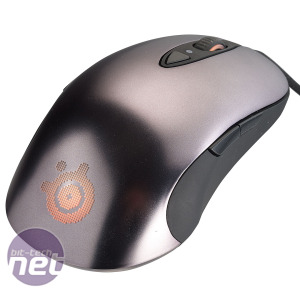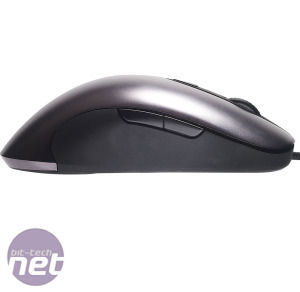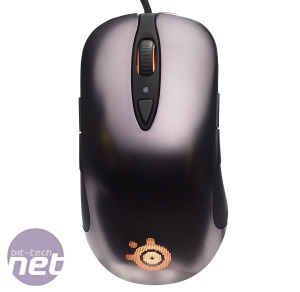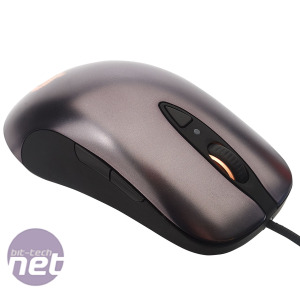
SteelSeries Sensei Review
Manufacturer: SteelSeriesUK price (as reviewed): £62.22 (inc VAT)
US price (as reviewed): Unknown
Gaming peripherals tend to talk big, like the boxers of the PC world. Always confident, always talking themselves up, never showing any external sign of weakness or compromise. It’s no surprise, then, to see the Steel Series Sensei proclaim itself to be the world most customisable mouse, or for Steel Series to go on to say that it’s ‘thought about every detail, motion and obstacle that hinders a win’. We doubt somehow that it's thought about your other half pulling out power cables, or about mischievous cats knocking cups of tea over for that matter, but we’re probably taking things a little far there.
For a mouse with such ambition, the Sensei looks a little plain at first glance. There are no muscle-car-style grilles or overblown curves, no huge panels of macro keys and the overall shape is remarkably sensible. This isn’t necessarily bad, but it does leave you wondering where exactly your £63 went when you sit the Sensei next to more ostentatious mice such as the Cyborg R.A.T. 7.
Part of the reason for the less in your face styling of the Sensei is the fact that it's been designed to be ambidextrous, so its shape has had to remain at least roughly symmetrical. We’ve been critical of ambidextrous mice in the past, as having to accommodate both right handers and southpaws generally means making compromises.
In truth, though, the Sensei surprised us with how comfortable it was to hold. Its rounded shape is pleasant to hold and, while it does feel a little too low-slung initially, we quickly got used to it. Palm grip veterans may find the lack of a distinct hump at the rear of the mouse annoying, however.
Unlike most other gaming mice, the Sensei comes with a button-count that doesn’t hit the double digits - you’ll only find seven buttons dotted around its frame. These are all individually programmable, and you can bind button clicks, custom macros or shortcuts to them. As with most ambidextrous mice though, the two buttons on your non-thumb side are pretty much written off unless you’ve got some kind of quadruple-jointed little finger.
Meanwhile, the upper surface of the mouse is finished in a sharp looking reflective coating. Unfortunately, though, this is a case of style over substance; while it looks great, it’s very poor at allowing air circulation around your digits, and this situation is exacerbated by the flat shape of the mouse. This meant we found our hands getting a little sweaty when using the Sensei, especially during heated gaming sessions - is sweat a detail, motion or obstacle that could hinder a win? We think so.
As you’d expect from a mouse that's billed as the most customisable in the world, the Sensei has a plethora of tweaking options. You can change the DPI, polling rate and laser lift distance You can also save any profiles that you create in the bundled software to the mouse itself, meaning you can take them with you. As well as this, you can play around with a number of proprietary SteelSeries technologies such as Exactaccel, Freemove and Exactaim too.
These all tweak the way in which the mouse pointer moves, and it can take a little while to get used to them. Exactaim and Exactaccel, for example, fiddle with the way in which the mouse pointer accelerates and decelerates, and we found the effect a little strange and off-putting when gaming. Of course, this is a matter of personal taste, though, and there will undoubtedly be people who also swear by them (in a good way).
As with other SteelSeries mice, the Sensei also features an LCD on its base. This can be used to browse and even adjust the onboard profiles when you're away from your main PC, although moving through the menus on such a small screen is a clunky affair.
Conclusion
The headline act of the Sensei is its adjustability, and it's excellent in this regard - you should be able to set it up just the way you want. Once you’ve done this, though, there are elements of the Sensei that will start to grate in the long term.The shiny surface of the mouse really doesn’t work well with sweaty palms and the two thumb buttons are difficult to distinguish from each other too, which is frustrating. The price is also a choking point - you can get better mice for less, although they might not be ambidextrous. As a result, we can’t recommend the Sensei, despite it being one of the better ambidextrous mice we’ve seen.
-
Value14 / 25
-
Features26 / 35
-
Design31 / 40


MSI MPG Velox 100R Chassis Review
October 14 2021 | 15:04












Want to comment? Please log in.